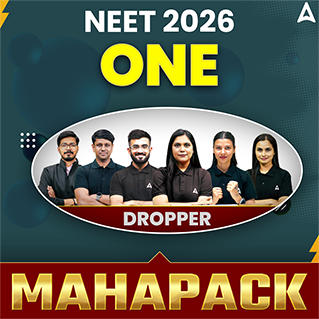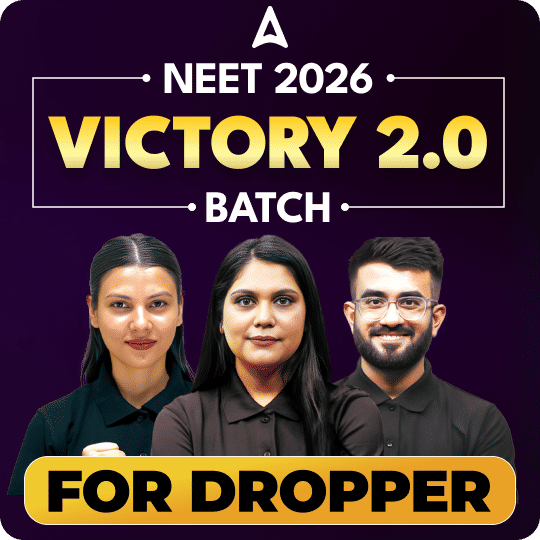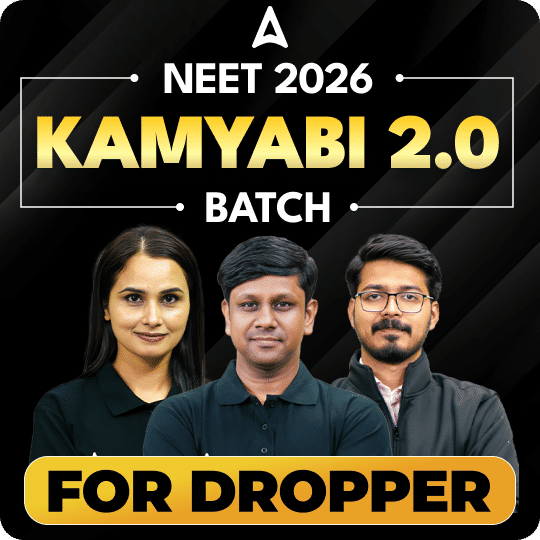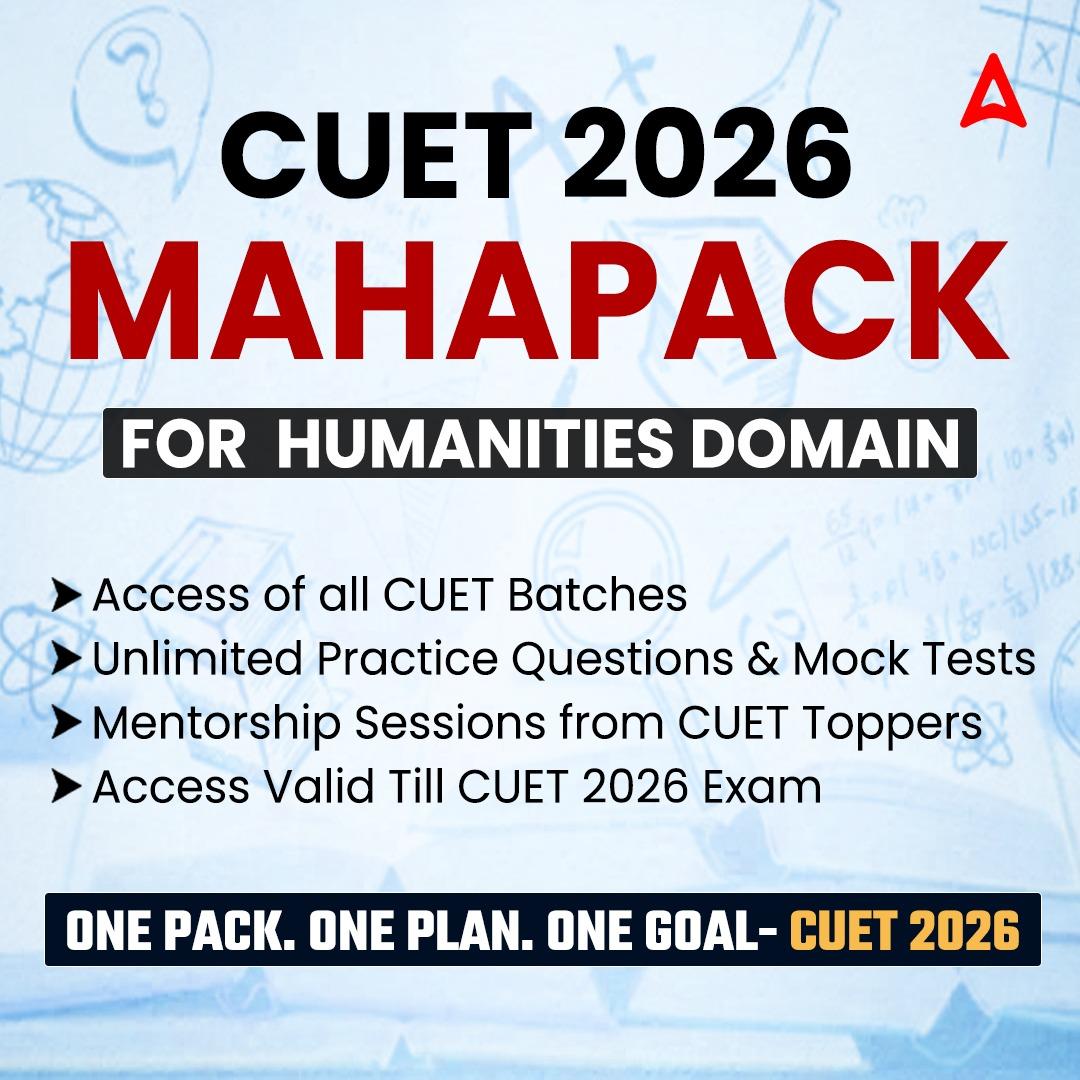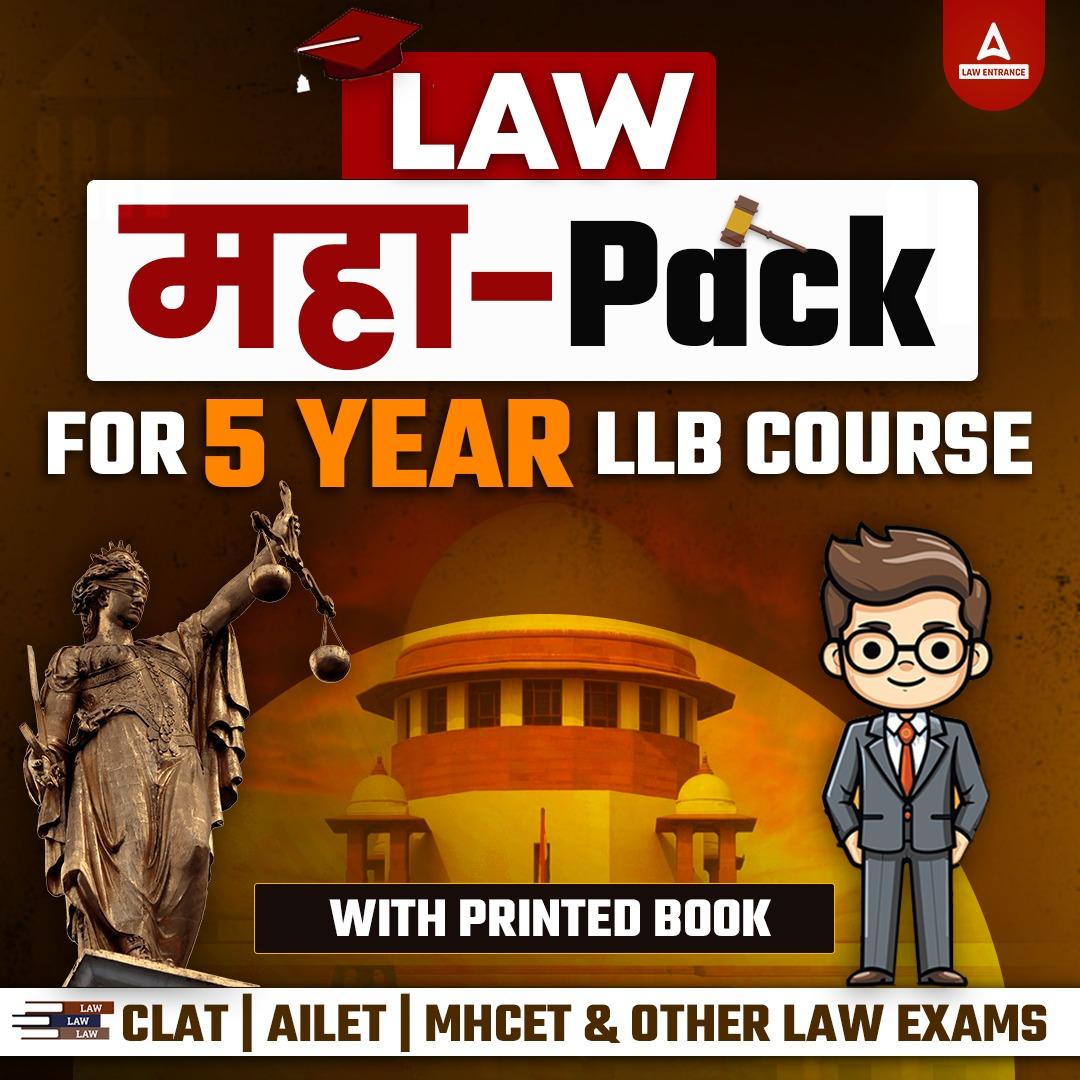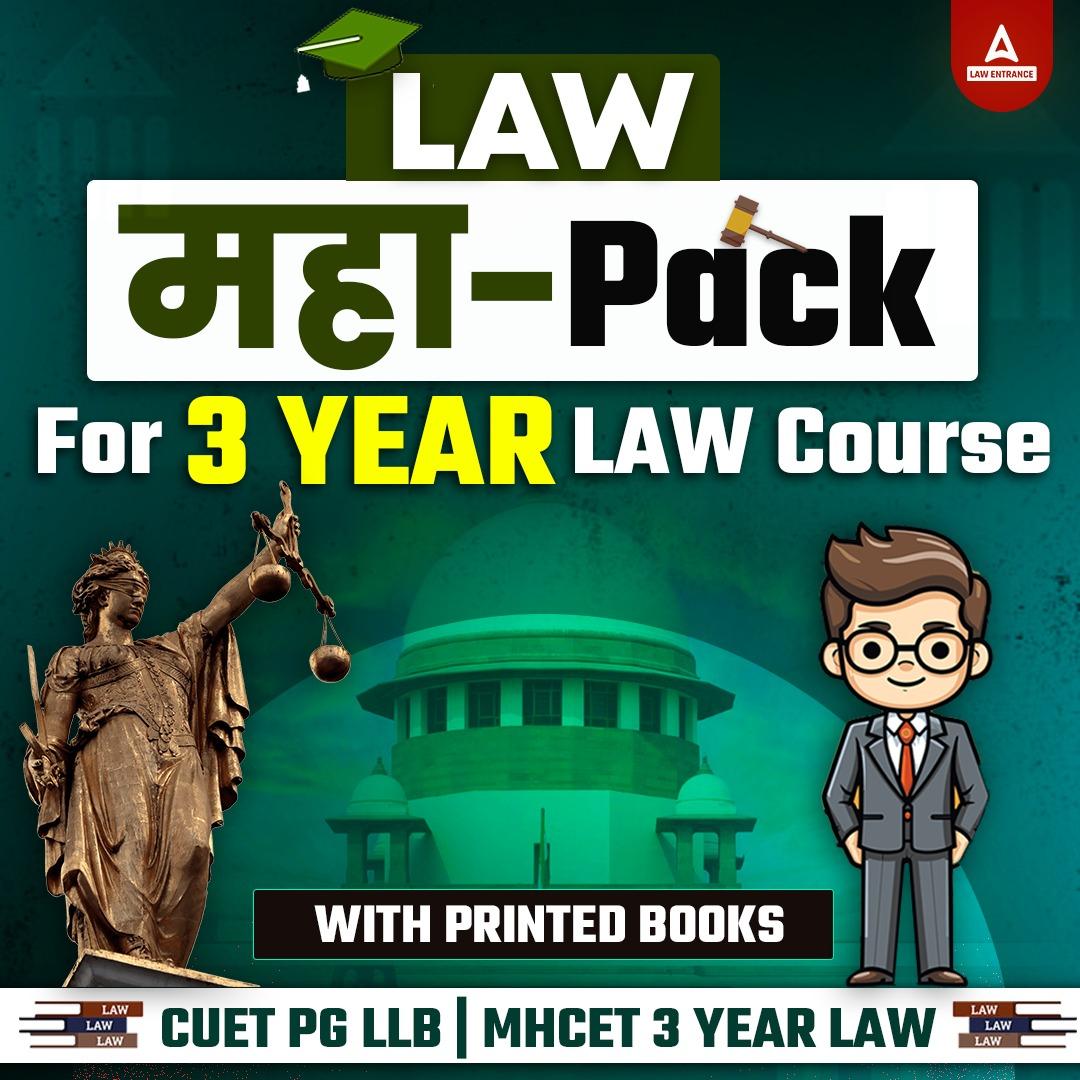The Central Board of Secondary Education published the CBSE syllabus for secondary and senior secondary classes in online mode. In the Class 9 curriculum, social science is one of the most crucial subjects. The CBSE Class 9 SST Syllabus 2024-25 will guide you through each chapter’s topics, weightage distribution, test trends, and other relevant updates. To ensure that you are ready for the CBSE Class 9 Social Science Examination, go over the entire CBSE Class 9 Social Science Syllabus 2024-25.
CBSE Class 9 SST Syllabus 2024-25
The Central Board of Secondary Education (CBSE) has published the latest Class 9 SST Syllabus 2024-25 on its official website. The full syllabus for CBSE Class 9 Social Science includes four subjects: history, geography, political science, and economics. The CBSE Class 9 SST Syllabus lists the appropriate themes and subtopics you must cover, helping you to concentrate your efforts on the most critical ones. Knowing the syllabus allows you to identify which topics are more important and can help you plan your study time accordingly.
Class 9 SST syllabus 2024-25 PDF
the CBSE Class 9 SST Syllabus 2024-25 is now available on the CBSE website, cbseacademic.nic.in. Students in the ninth grade who are looking for the CBSE Class 9 Social Science Syllabus 2024-25 PDF may now acquire it by following the link provided in this article.
Class 9 Social Science Syllabus 2024-25 Marking Distribution
The class 9 sst syllabus 2024-25 covers a wide range of historical, geographical, civic, and economic issues. The table below contains all of the necessary information about the CBSE Class 9 Social Science syllabus mark distribution.
| Class 9 SST Syllabus 2024-25 Syllabus Marking Scheme | ||
|
Unit Number
|
Unit Name | Marks |
| I | India and the Contemporary World- I | 20 |
| II | Contemporary India- I | 20 |
| III | Democratic Politics | 20 |
| IV | Economics | 20 |
| TOTAL | 80 Marks | |
CBSE Class 9 SST Syllabus 2024 Course structure
CBSE Class 9 Social Science includes History, Geography, Political Science, and Economics. The table below consists of the CBSE Class 9 SST course structure of each subjects
History (India and the Contemporary World – I)
| Section | Chapter No | Chapter Name | No. of Periods (Suggestive) | Marks allocated |
| I
Events and Process |
I | The French Revolution | 15 | 18 + 2 map pointing |
| II | Socialism in Europe and the Russian Revolution | 15 | ||
| III | Nazism and the Rise of Hitler | 15 | ||
| II Livelihoods, Economies and Societies | IV | Forest, Society and Colonialism Interdisciplinary project as part of multiple assessments (Internally assessed for 5 marks) | 5 | |
| V | Pastoralists in the Modern World (To be assessed as part of Periodic Assessment only) | 10 |
Geography (Contemporary India – I)
| Chapter No. | Chapter Name | No. of periods (Suggestive) | Marks allocated |
|---|---|---|---|
| 1 | India – Size and Location | 17 | 17+3 map pointing* |
| 2 | Physical Features of India | 3 | |
| 3 | Drainage | 10 | |
| 4 | Climate | 12 | Interdisciplinary project (5 marks) |
| 5 | Natural Vegetation and Wildlife | 3 | |
| 6 | Population | 8 |
Political Science (Democratic Politics – I)
| Chapter No. | Chapter Name | No. of Periods (Suggestive) | Marks allocated |
| 1 | What is Democracy? | 10 | 20 |
| Why Democracy? | |||
| 2 | Constitutional Design | 10 | |
| 3 | Electoral Politics | 8 | |
| 4 | Working of Institutions | 12 | |
| 5 | Democratic Rights | 10 |
Economics
| Chapter No. | Name of the Chapter | No. of Periods (Suggestive) | Marks allocated |
| 1 | The Story of Village Palampur (To be assessed as part of Periodic Assessment only) | 10 | |
| 2 | People as Resource | 10 | 20 |
| 3 | Poverty as a Challenge | 15 | |
| 4 | Food Security in India | 15 |
CBSE Class 9 SST Syllabus 2024-25 Internal Assessment
The table below consists of the CBSE Class 9 SST syllabus 2024-25 internal assessment.
| Type of Assessment | Description | Marks Allocated |
| Periodic Assessment | Pen Paper Test. | 5 |
| Multiple Assessment | Quiz, debate, role play, viva, group discussion, visual expression, interactive bulletin boards, gallery walks, exit cards, concept maps, peer assessment, Selfassessment etc. through Interdisciplinary project | 5 |
| Subject Enrichment Activity | Project work on Disaster Management | 5 |
| Portfolio | Classwork, work done (activities/assignments) reflections, narrations, journals, etc. Achievements of the student in the subject throughout the year Participation of the student in different activities like the Heritage India quiz | 5 |
Recommended books for Class 9 Social Science
Here is a list of the best recommend books that will help in understanding of the topics in closed in the Class 9 Social Science syllabus:
- History: India and the Contemporary World – I
- Political Science: Democratic Politics – I
- Geography: Contemporary India – I
- Economics: Economics
- Disaster Management: Together, towards a Safer India – part II
| Other Subject’s Syllabus | |
| CBSE Class 9 English Syllabus 2024-25 | CBSE Class 9 Science Syllabus 2024-25 |
| CBSE Class 9 Maths Syllabus 2024-25 | |

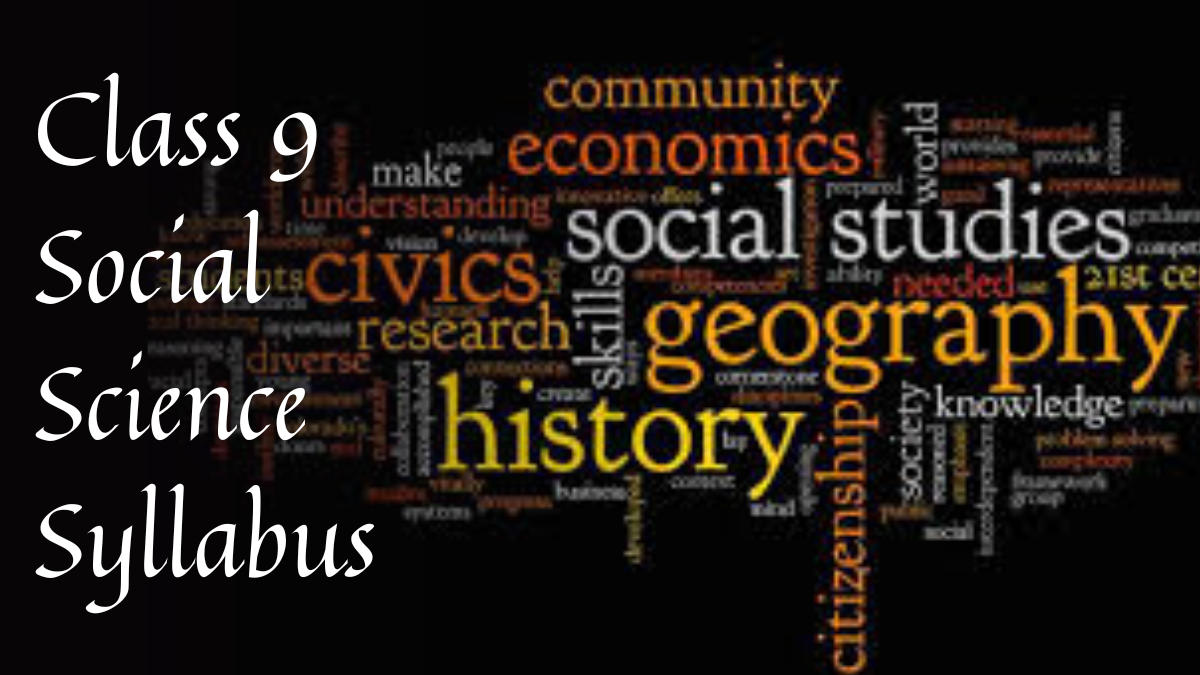







 CUET BEd Syllabus 2026, Check Subject Wi...
CUET BEd Syllabus 2026, Check Subject Wi...
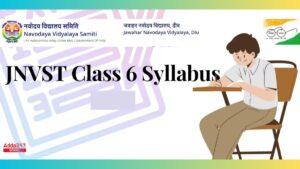 Navodaya Syllabus for 6th Class PDF Down...
Navodaya Syllabus for 6th Class PDF Down...
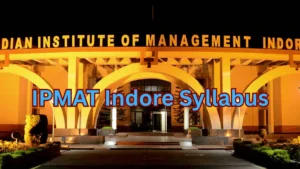 IPMAT Indore Syllabus 2026: Section-wise...
IPMAT Indore Syllabus 2026: Section-wise...

